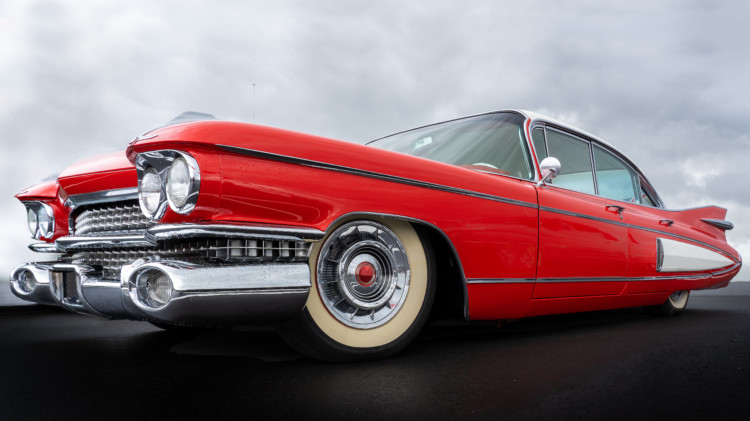 Great, vintage, collectible or downright old car? How would you know the distinction, and exactly when does a more seasoned vehicle become an amazingly classic vehicle? For the most part it depends upon who you ask: various vehicle clubs, collectors, countries, and insurance agencies have different methods of deciding whether a vehicle qualifies as a classic car. The essential attributes of a classic vehicle are age, condition and uniqueness among different vehicles.
Great, vintage, collectible or downright old car? How would you know the distinction, and exactly when does a more seasoned vehicle become an amazingly classic vehicle? For the most part it depends upon who you ask: various vehicle clubs, collectors, countries, and insurance agencies have different methods of deciding whether a vehicle qualifies as a classic car. The essential attributes of a classic vehicle are age, condition and uniqueness among different vehicles.
How do you classify these cars?
- Antique – A vehicle more than 45 years old.
- Classic – A vehicle made at least 20 years prior to the current year. This definition is accepted by most state DMV’s.
- CCCA Classic – A “fine” or “distinctive” automobile, either American or foreign built, produced between 1925 and 1948 as defned by the Classic Car Club of America.
- Vintage – A vehicle made between 1919 and 1930.
Is your classic car valuable?
To be valuable and extraordinary, it must also be in great condition and true to the original design. What does great condition mean? The vehicle ought to be roadworthy, the body ought to have no rust, the inside ought to be unblemished without tears in the upholstery, ground surface or header texture, and the motor should run. Finally, the vehicle must match the first factory design as closely as could reasonably be expected.
- Uniqueness: How many were produced? How many are are left?
- Prominence: The more well known the vehicle, the more noteworthy the interest, and the more prominent the interest, the higher the worth.
- Model Quality: When it fell off the creation line, was it viewed as cheap or extravagance?
The design of cars is generally divided into the following eras — horseless carriages or veteran cars, brass or Edwardian cars, vintage cars, classic cars (pre thru post war), muscle cars. The modern car era begins in the 1980s where design was dictated by fuel efficiency and safety. Distinctive features were abandoned and cars even by different manufacturers began to look the same.
The modern “classic” returns to the bold design of yesteryear. Some have marked this as a corporate ploy to dupe buyers with nostalgic redesign. But others see this a as a return to proper design sensibilities, after a 20-year hiatus.
Cult Following
Whether corporate ploy or design revival, the status of a modern classic is really determined on Saturday in garages and car shows all across America. Drivers are looking for clean lines and distinctive looks. They want cars and trucks that stand out from the rest.
If auto makers fail to provide it, these drivers will weld, grind and paint their way to a new era of “classic.” Only time will tell which new designs will find fanatical followers who will keep it on the road for 40 years, instead of the scrap yard compactor.

